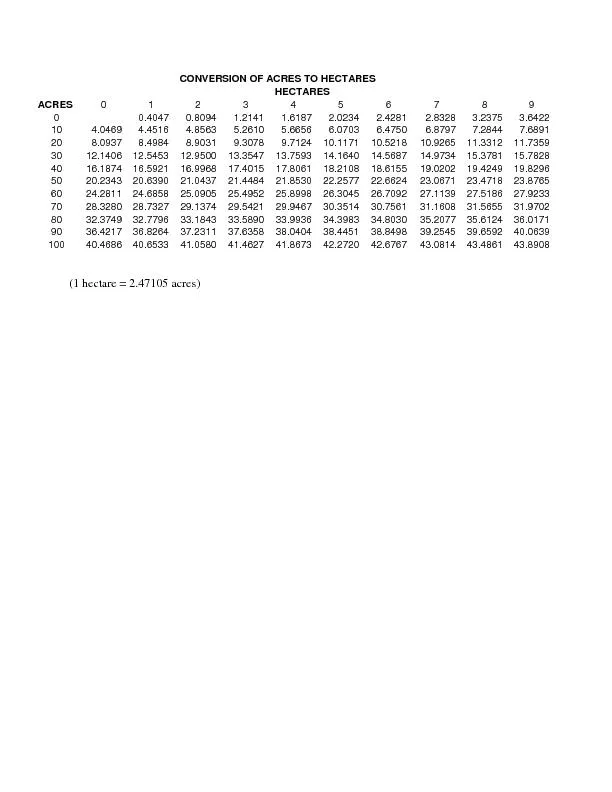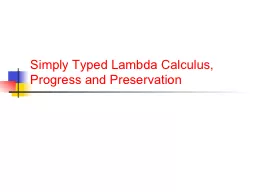PPT-CSCI 2141 – Intro to
Author : giovanna-bartolotta | Published Date : 2019-11-26
CSCI 2141 Intro to Database Systems Advanced SQL Joins Joins Table 81 SQL Join Expression Styles 3 Sample Database CROSS JOIN Returns the Cartesian product of
Presentation Embed Code
Download Presentation
Download Presentation The PPT/PDF document "CSCI 2141 – Intro to" is the property of its rightful owner. Permission is granted to download and print the materials on this website for personal, non-commercial use only, and to display it on your personal computer provided you do not modify the materials and that you retain all copyright notices contained in the materials. By downloading content from our website, you accept the terms of this agreement.
CSCI 2141 – Intro to: Transcript
Download Rules Of Document
"CSCI 2141 – Intro to"The content belongs to its owner. You may download and print it for personal use, without modification, and keep all copyright notices. By downloading, you agree to these terms.
Related Documents














